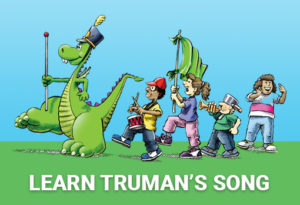Tiny Grains of Dust from way-way-Outer Space
Alex H. Kasprak National Aeronautics and Space Administration Everything around us came from an ancient swirling disk of dust. Our sun, our planet and the planets of our solar system all formed from the remnants of this disk. Our mountains, our animals and even humans came from the sun that formed from this disk. Nobody on Earth has ever handled anything that came from anywhere else. Until recently, that is. Scientists think that a few microscopic grains caught by a NASA spacecraft might actually be from outside of our solar system. This interstellar dust — that’s the fancy name for it — was discovered thanks to both NASA and a group of citizen scientists who volunteered their time for the sake of science. In early 1999, NASA launched a mission called Stardust, whose job was to travel to a comet, collect its dust and return to Earth. Stardust used a trap with a special gel to collect tiny dust from the glowing area around the comet. On its way there, it also collected particles of dust floating around our solar system. After reaching the comet in 2006, it returned to Earth with its precious cargo. A great success! But analyzing all those dust grains is really hard. Some of the grains are a thousand times smaller than a grain of sand! Once the material was returned to Earth, scientists had to take millions of close-up pictures of the gel to help them locate the dust and analyze the dust. There were too many pictures for the Stardust team to analyze in their lifetime. So they uploaded these super-zoomed-in dust trap pictures to the Internet and let people — nicknamed “Dusters” — assist in the search. That really sped things along! Thanks to the volunteers’ work and the hard work of scientists involved with the project, NASA reported that they might have found seven (only seven!) grains of dust that came from outside our solar system. They think they came from somewhere else because their chemistry is very different than usual space dust. Where did they come from? They might have come from a huge supernova explosion millions of years in the past. Or they could have come from massive faraway stars. Either way, if the scientists are right, and it does turn out to be interstellar dust, it would be very exciting. These seven small grains could teach us about something that astronomers see all over space, but have never seen up close.





